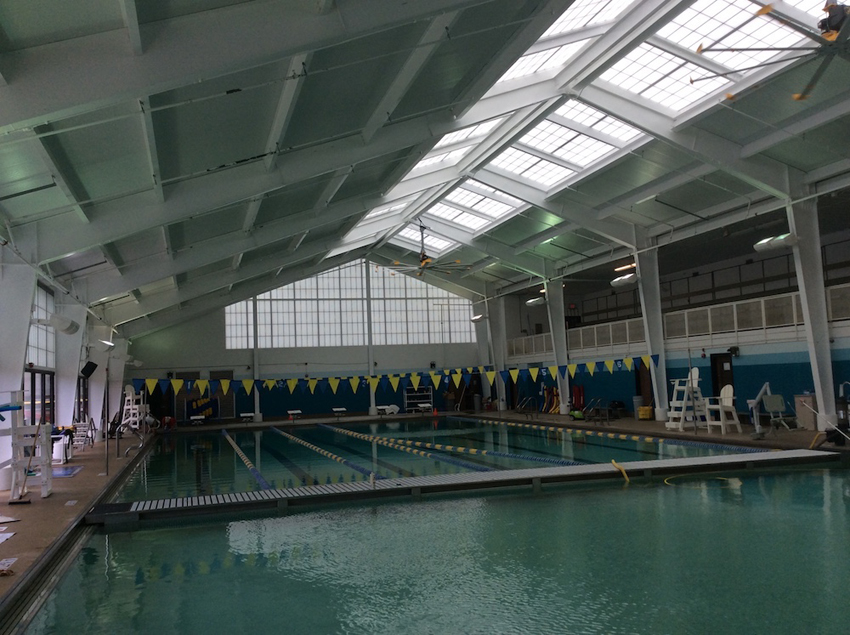The Advantages of an IMP Roof
Applications
The combination of the versatility, thermal performance, sustainable design qualities and speedy installation offered by IMPs, make them an attractive roofing solution for almost any type of application—retail, commercial, warehouse, recreational centers, entertainment venues, educational facilities, and residences are just a few of the places where IMP roofs have been installed. Even projects with the most demanding performance specifications, such as government buildings and climate-controlled facilities, can be satisfied with an IMP roof.
Summary
Here are a few of the key takeaways from this course exploring the benefits of IMP roofing.
Insulated metal panels, or IMPs as they are often called, are lightweight sandwich panels comprised of exterior and interior metal skins and an insulating foam core.
Every IMP contains the water-control layer, air-control layer, vapor control, and insulation for thermal control.
IMPs can be used to create exterior walls and roof assemblies.
IMP roofing panels have two types of profiles: a standing seam profile and a through-fastened profile. Panels with standing seam profiles are mechanically seamed together during installation and the fasteners are not visible. Panels with through-fastened profiles have fasteners that are exposed and visible.
IMP roofs can be designed to deliver an R-value of up to R-48.
IMPs offer continuous insulation inside the panel, with no compression of insulation and no thermal bridging.
This solution has several sustainability-related qualities including its recycled content and recyclability. Insulated metal panels do not produce VOCs, have zero ozone depleting potential, and meet current EPA blowing agent requirements.
IMP panels have high strength-to-weight ratios that allow for excellent spanning capability.
Another benefit of selecting an IMP roof is the speed with which it can be installed. The installation process is essentially one self-contained panel being installed in one step.
Ultimately, roofs constructed from IMPs offer architects a way to reliably meet the increasingly stringent thermal performance requirements demanded by building codes, complete with all necessary moisture and air barriers, because the installation is so straightforward and streamlined. Avoiding the layer-by-layer, trade-intensive installation process typically employed in built-up roof assemblies avoids a lot of potential mistakes and missteps that will compromise the performance of the roof.
 |
The Metal Construction Association brings together a diverse industry for the purpose of expanding the use of metal in construction through marketing, research, technology, and education. MCA member companies gain tremendous benefit from association activities that focus on research, codes and standards, market development, and technical programs. www.metalconstruction.org |









